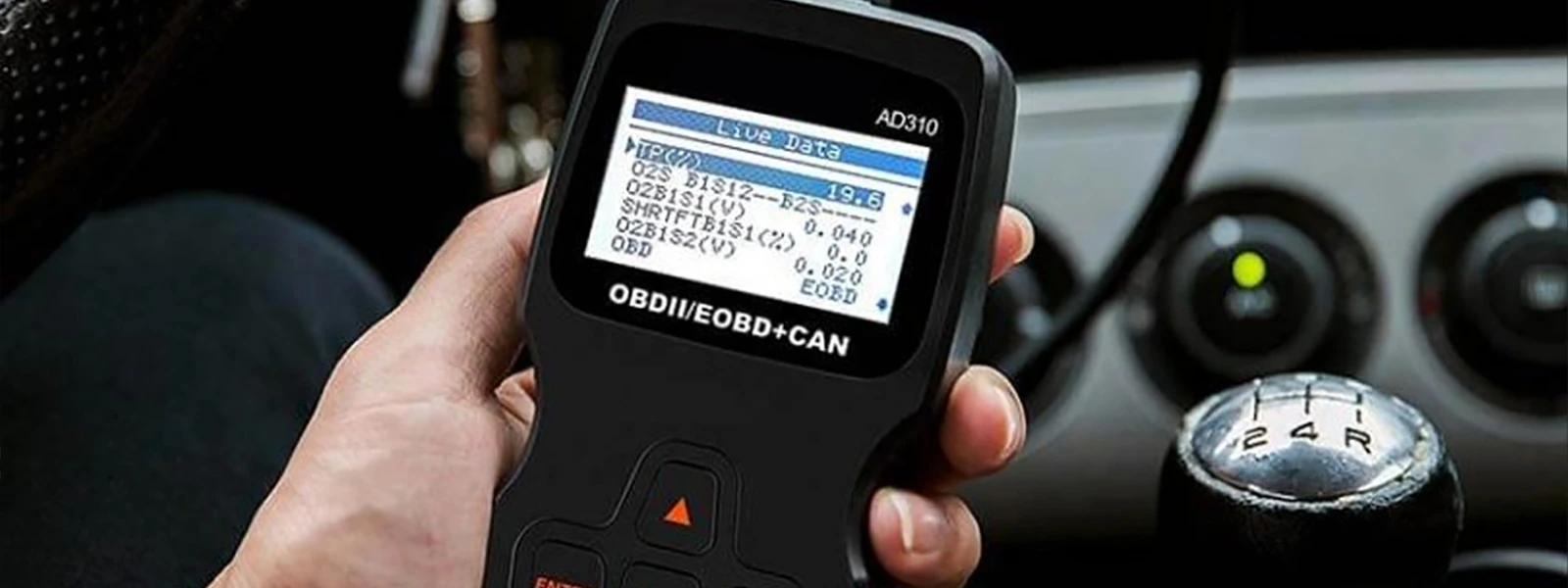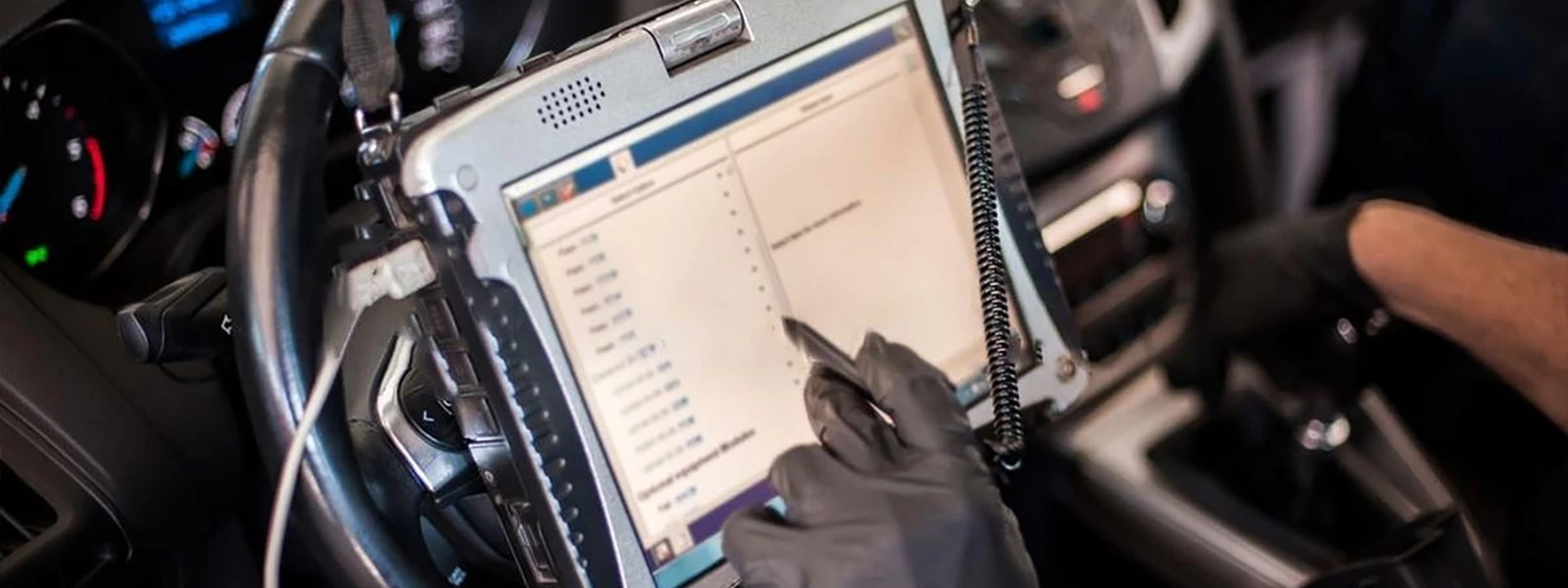
Categories of OBD-II codes

Uncover the essential structure of OBD-II codes, providing insight into Powertrain (P), Chassis (C), Body (B), and Network (U) categories, empowering readers to diagnose and resolve automotive issues with precision.
Modern vehicles are equipped with advanced onboard diagnostic systems that play a crucial role in identifying and resolving potential issues. At the heart of these systems are OBD-II codes, a standardized set of diagnostic trouble codes that provide valuable insights into the health of a vehicle.
What is DTCs
The OBD system uses Diagnostic Trouble Codes (DTC) to tell you which specific component has an issue. They’re five-digit codes and are made up of four different subsets of codes that indicate where in the vehicle the malfunction lies (for example, P1234). The first numeric digit specifies whether the code is generic (SAE) or manufacturer-specific. As for the other three numeric digits of the code, the second number indicates the specific vehicle system to which the code applies. The last two digits of the code indicate the specific fault designation or general malfunction.

There are four categories of OBD2 codes. From the Powertrain (P) codes that delve into engine and transmission matters to the Chassis (C) codes that address braking and suspension systems, we will explore the diverse range of categories that make up the OBD-II code landscape. Besides, we'll navigate through the intricacies of the Body (B) codes, which relate to various vehicle systems such as airbags and lighting, and unravel the Network (U) codes that help diagnose communication issues within the vehicle's network. Whether you're an automotive enthusiast looking to expand your knowledge or a vehicle owner seeking to better understand your car's diagnostic codes, this article will serve as your guide.
P Codes
P Codes, the largest category of the four categories, specifically relate to the powertrain system of a vehicle. The powertrain encompasses various components responsible for generating and transmitting power, including the engine, transmission, and drivetrain. P Codes can be further categorized based on the numerical value that follows the "P" in the OBD-II code list:
- P0100-P0199: These codes pertain to fuel and air metering, monitoring aspects such as fuel mileage and emissions systems. This subset includes components like the oxygen sensor and parts that regulate air-to-fuel ratios in the vehicle.
- P0200-P0299: These codes are associated with the fuel injector circuit and exclusively involve parts like the fuel injectors.
- P0300-P0399: These codes indicate engine misfiring issues and typically involve components like spark plugs or ignition parts.
- P0400-P0499: These codes address auxiliary emissions controls, such as the EVAP (Evaporative Emission Control) system. The EVAP system prevents gas fumes from escaping into the atmosphere, minimizing air pollution.
The following subsets of P codes relate to a vehicle's computer systems:
- P0500-P0599: These codes deal with vehicle speed controls and idle control systems. They often indicate problems with the vehicle speed sensor (VSS), triggering these codes.
- P0600-P0699: These codes are related to computer output circuit problems and faults arising from a malfunctioning computer system.
- P0700-P0899: These codes specifically point to issues with the transmission system and its related components. As they monitor the transmission's operation, their appearance usually indicates faults in the computer responsible for controlling the transmission.

Common P codes:
- P0300 - Random/Multiple Cylinder Misfire Detected
- P0171 - System Too Lean (Bank 1)
- P0420 - Catalyst System Efficiency Below Threshold (Bank 1)
- P0442 - Evaporative Emission Control System Leak Detected (Small Leak)
- P0128 - Coolant Thermostat (Coolant Temperature Below Thermostat Regulating Temperature)
- P0401 - Exhaust Gas Recirculation (EGR) Flow Insufficient
- P0455 - Evaporative Emission Control System Leak Detected (Gross Leak)
- P0302 - Cylinder 2 Misfire Detected
- P0172 - System Too Rich (Bank 1)
- P0113 - Intake Air Temperature (IAT) Sensor Circuit High Input
B Codes
Body codes, also known as B codes, encompass the functionalities primarily located within the passenger compartment of a vehicle. These functions are responsible for providing driving assistance, comfort, convenience, and safety features.
Similar to P codes, B codes are further classified into generic and manufacturer-specific lists. When diagnosing your vehicle, it is crucial to carefully examine these codes. The generic B0000-B1000 and B3000-B4000 codes are more widely applicable, while the codes falling between B1000-B3000 are specific to particular manufacturers and may not be readily available in generic code databases.
-
Generic Body Codes (B0000-B1000, B3000-B4000)
B0000-B1000: These codes are considered generic and are standardized across different vehicle makes and models. They typically address common body-related functions and systems, such as airbags, lighting, HVAC (Heating, Ventilation, and Air Conditioning), seat controls, and more. These codes can be interpreted using generic code databases and diagnostic tools.
B3000-B4000: Similar to the B0000-B1000 range, these codes are also generic and cover additional body-related functions and systems.
-
Manufacturer-Specific Body Codes (B1000-B3000)
B1000-B3000: These codes are specific to individual vehicle manufacturers and may not be universally applicable across different makes and models. They often address manufacturer-specific body systems and components. When encountering these codes, it is recommended to refer to manufacturer-specific code databases or consult vehicle-specific repair manuals to properly diagnose and interpret them.
Common B codes:
- B0001 - Driver Frontal Stage 1 Deployment Control
- B0020 - Right Front/Passenger Frontal Deployment Control
- B1000 - Electronic Control Unit (ECU) Malfunction
- B1325 - Passenger Door Ajar Circuit Short to Ground
- B2610 - Steering Wheel Controls Signal Circuit
- B3422 - Rear Gate Open Circuit
- B1422 - Vehicle Speed Sensor (VSS) Circuit Open
- B1676 - Battery Pack Voltage Out of Range
- B2725 - Remote Keyless Entry (RKE) Transmitter Battery Voltage Low
- B3925 - Rear Wiper Run Relay Circuit Short to Battery
C Codes
C codes are a subset of OBD-II diagnostic trouble codes that relate to mechanical functions outside the passenger compartment. These codes cover systems like brakes, steering, and suspension. Generic C codes range from C000-C1000 and C3000-C4000, while codes between C1000-C3000 are manufacturer-specific and require additional research for proper diagnosis.
-
Generic Chassis Codes (C0000-C1000, C3000-C4000): These codes are standardized across different vehicle makes and models. They cover common chassis-related issues and can be interpreted using generic code databases and diagnostic tools.
- Manufacturer-Specific Chassis Codes (C1000-C3000): These codes are unique to specific vehicle manufacturers and may not be universally applicable. Additional research using manufacturer-specific code databases or vehicle-specific repair manuals is often required for accurate diagnosis.

Common C codes:
- C0035 - Left Front Wheel Speed Sensor Circuit
- C1210 - ABS Pump Motor Control Circuit
- C0561 - Electronic Stability Control (ESC) System Disabled
- C0242 - PCM/ECM/TCM Communication Circuit
- C1214 - Steering Wheel Position Sensor Circuit
- C0569 - Active Suspension Control Module Performance
- C0267 - Pump Motor Relay Circuit
- C1233 - ABS Hydraulic Pump Motor Circuit
- C0226 - Right Front Solenoid Circuit
- C0253 - ABS Solenoid Circuit
U Codes
Network codes, also known as U codes, are a specific category of OBD-II diagnostic trouble codes that relate to issues within the vehicle's network and communication systems. These codes provide information about problems with the electronic communication networks that connect various modules and components within the vehicle.
U codes also can be classified into two types:
- Generic Network Codes (U0000-U1000, U3000-U4000): These codes are standardized across different vehicle makes and models. They cover common network-related issues and can be interpreted using generic code databases and diagnostic tools.
- Manufacturer-Specific Network Codes (U1000-U3000): These codes are specific to particular vehicle manufacturers and may not be universally applicable. Additional research using manufacturer-specific code databases or vehicle-specific repair manuals is often necessary for accurate diagnosis.
Common U codes:
- U0100 - Lost Communication with ECM/PCM/TCM
- U0121 - Lost Communication with ABS Control Module
- U0140 - Lost Communication with BCM
- U0401 - Invalid Data Received from ECM/PCM
- U1110 - Lost Communication with IPC
- U0126 - Lost Communication with SAS
- U0155 - Lost Communication with ICM
- U0184 - Lost Communication with Radio
- U0415 - Invalid Data Received from ABS Control Module
- U0101 - Lost Communication with TCM
